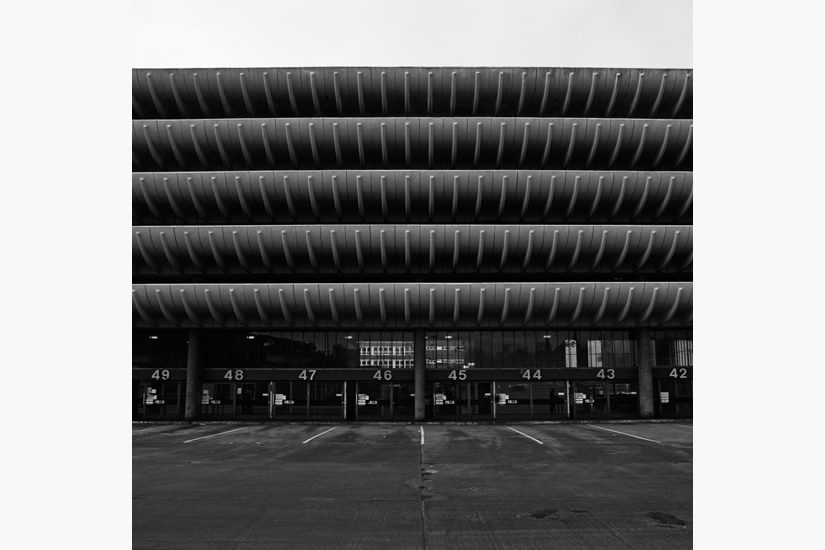An interesting two-part programme by the stimulating and thought provoking as ever Jonathan Meades. Broadcast over the last two Sunday nights on BBC 4 and part of a recent excellent series on architecture on the channel featuring programmes about Ian Nairn and the modern superstar architects. Available now on IPlayer. Well worth a watch!

www.independent.co.uk/news/people/profiles/death-brutalism-and-prepubertal-sex-jonathan-meades
-embraces-some-difficult-subjects-in-his-tv-series-and-memoir-9144497.html


















